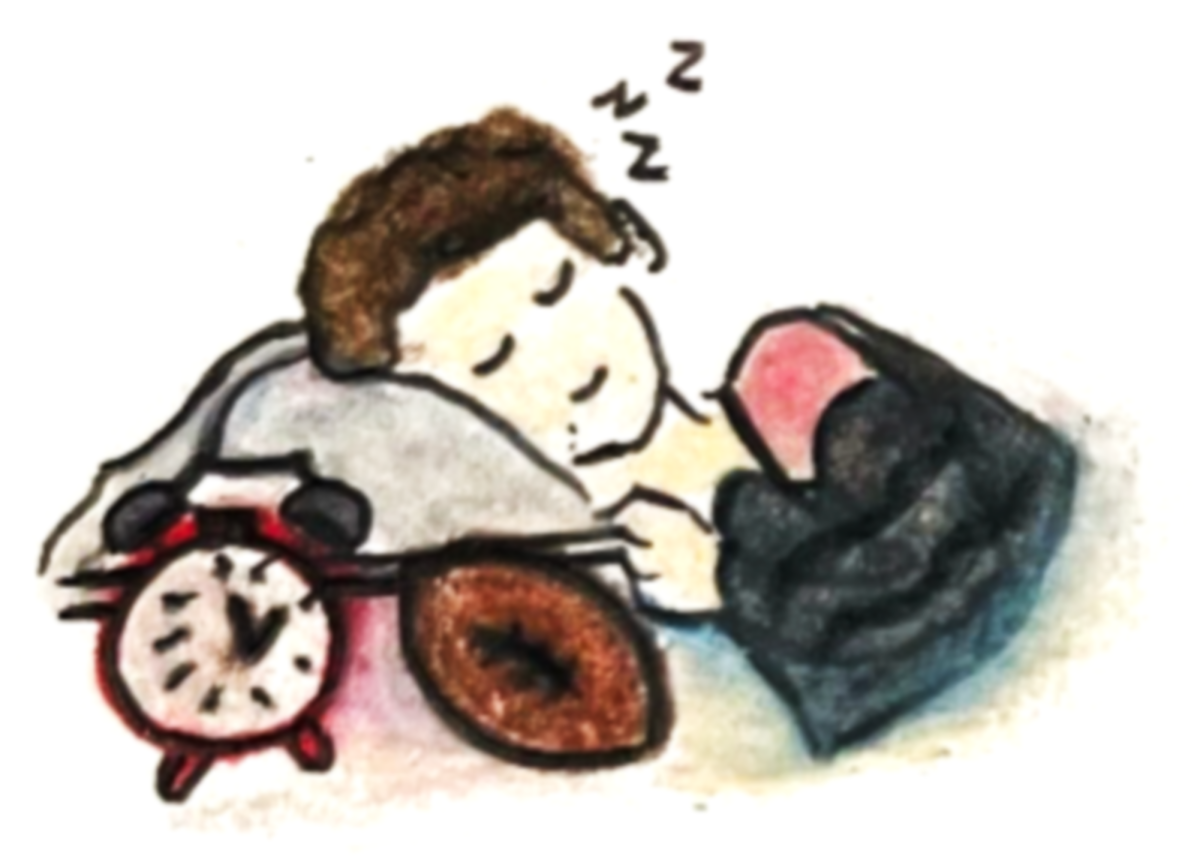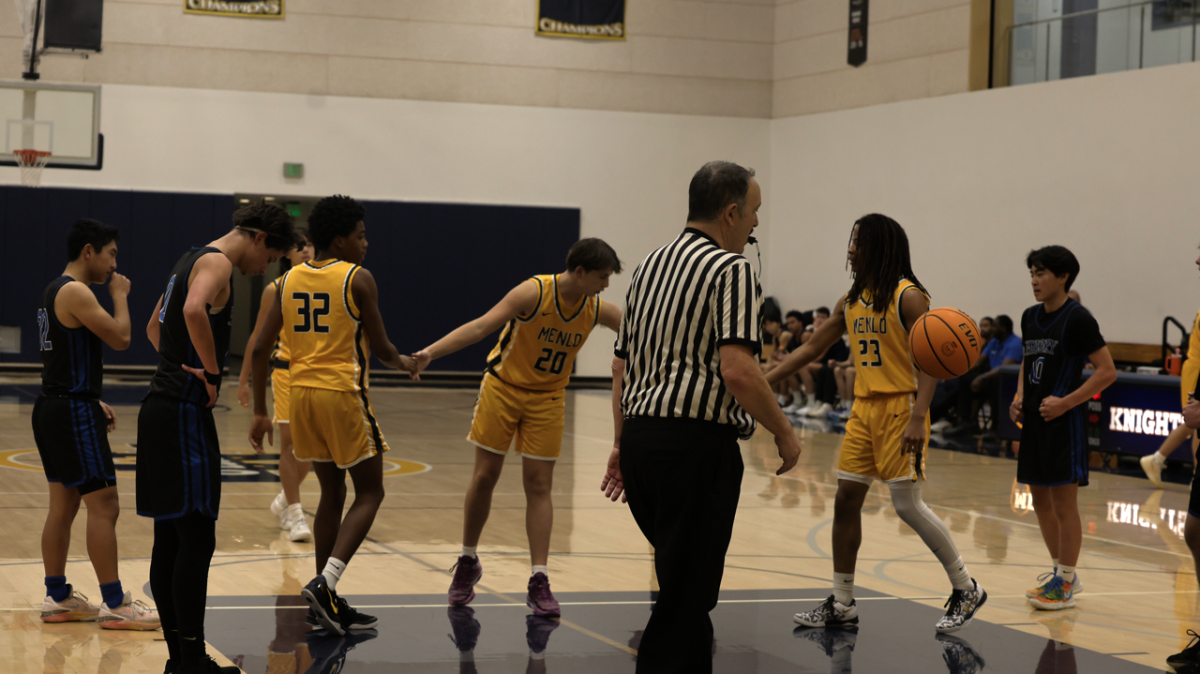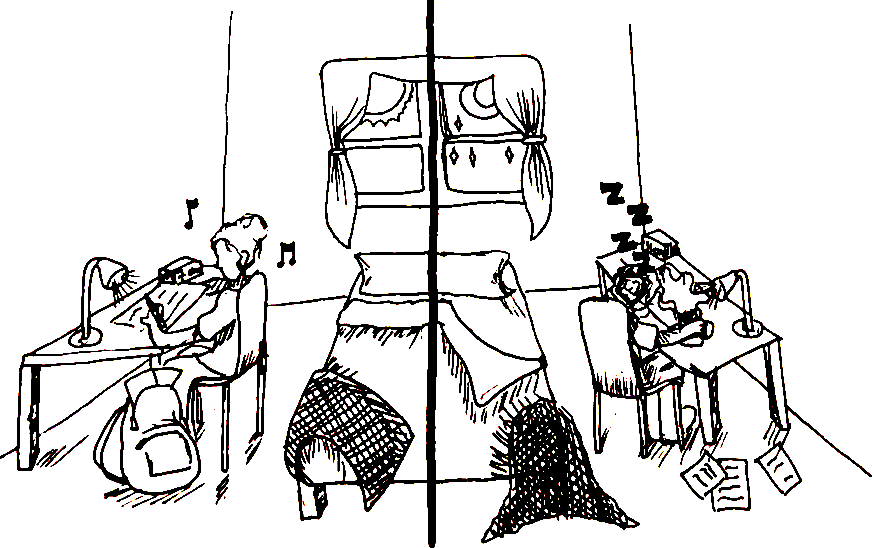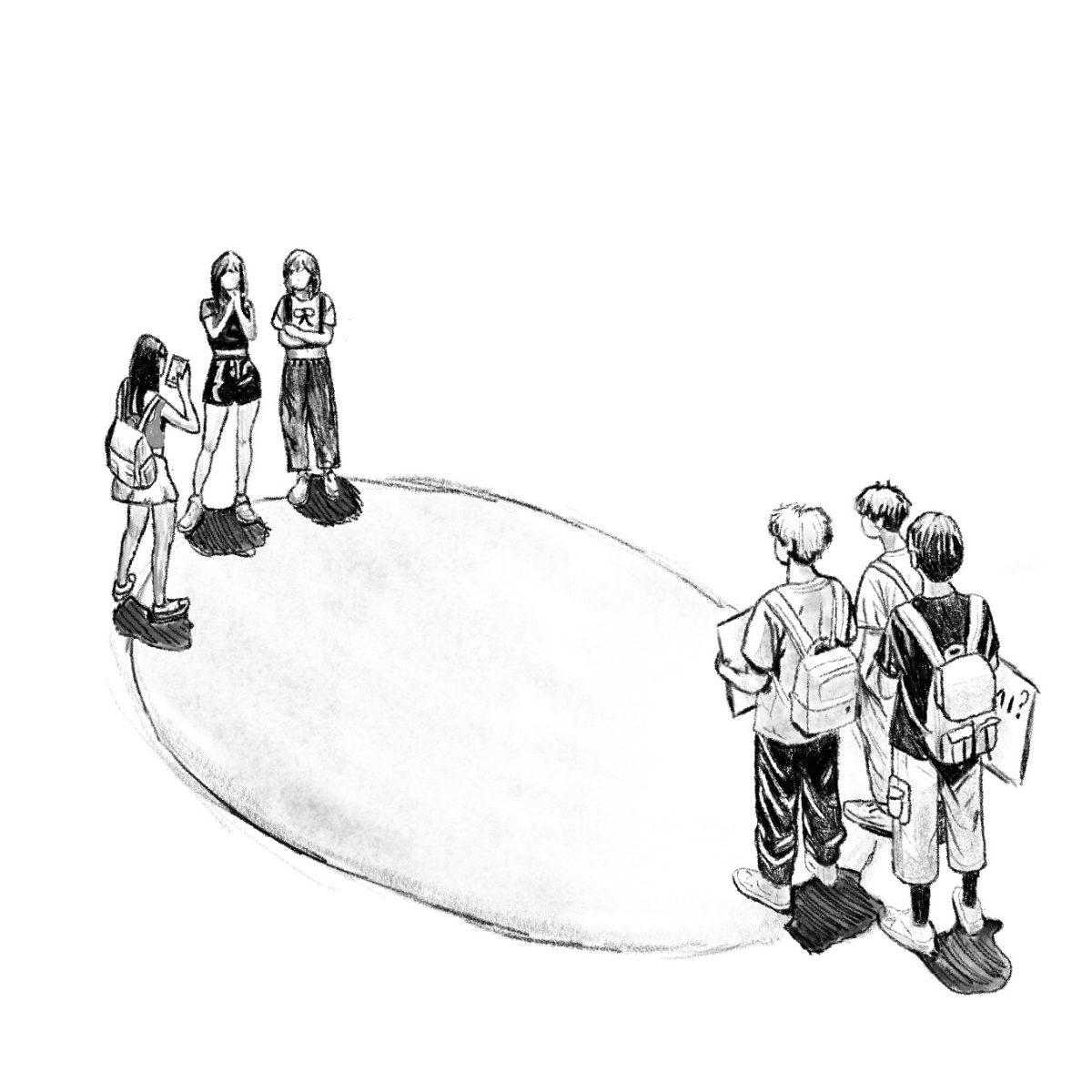Two bags with two uniforms, a near-empty water bottle waiting to be filled and a run to the car. These things make up my daily transition to get to soccer practice — my second training of each day — as a club and school athlete. I chose to put this routine on my calendar; flag football and soccer will take up three months of the fall sports season. That might seem scary, until you add school and extracurriculars — then it becomes outright terrifying. It might not seem like a strong pitch, but after my second year following this schedule, I wouldn’t want to change a thing.
Admittedly, playing two sports at once is a big time commitment, especially when both demand a lot from you as an athlete. Practice and game times overlap constantly. I have to plan my schedule for the week beforehand so I can maximize my time at each sport. Not to mention that club coaches, especially as athletes get older, aren’t always happy when athletes miss their commitments leading up to tournaments or games. It can sometimes be hard for club and school coaches to understand an athlete’s hectic schedule juggling two sports. Difficulty persists even if you manage to avoid sacrificing time playing one sport for the other.
Due to the issues athletes face while playing two sports at once, I’ve often heard other student athletes announce that the commitment of school sports should be lowered. While I could certainly see that chance decreasing stress and making athletes’ lives easier, we should take the rest of the team into account. Great school teams still require a certain amount of commitment, and we shouldn’t be giving that up. It could potentially reduce the overall quality of the sport: imagine less time learning the sport, less team bonding and fewer games. All the events and strategies that make Menlo sports great would be lost if we lowered the commitment.
I love playing Menlo sports because of our high-quality programs. I learn new techniques for running, connect with new people and get to be a part of something important to the school. Athletes choose to take on a hard schedule because they love the sport and the community that comes with it. To lower the Menlo sports commitment level is to take away something they enjoy. So no, we shouldn’t lower our sports commitments for club athletes because, instead of helping them, it would hurt what they love about their sports.
So, let’s not change a whole team’s commitment to accommodate student athletes. Instead, athletes should practice self advocacy: reaching out to teachers for help and extensions when needed or planning when to take a day off for their mental or physical health. It’s an individual dilemma, not the responsibility of the entire team.









